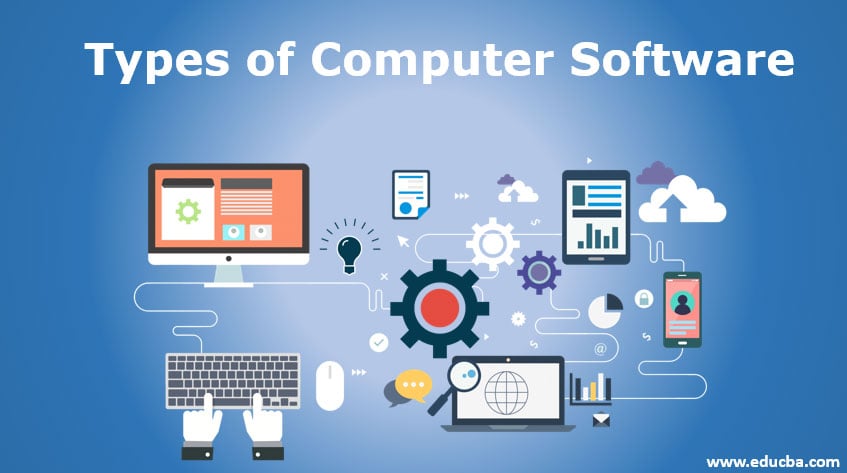

- ALSO, COMPARE THE DIFFERENCES AND SIMILARITIES BETWEEN HARDWARE AND SOFT SAMPLERS. FULL
- ALSO, COMPARE THE DIFFERENCES AND SIMILARITIES BETWEEN HARDWARE AND SOFT SAMPLERS. SOFTWARE
Mastering quality dithering modes for downsampling audio.Ī set of templates that lets you adjust the timing and “feel” of sequences or make your own by extracting timing from existing audio material. Powers a range of instruments and devices in Live Suite, and lets you customize or build your own devices, change the way Live works, and connect Live with the world around it. Slice audio to a Drum Rack or Sampler instance.Įxtract harmony, melody or drums from an audio sample and convert it to MIDI.
ALSO, COMPARE THE DIFFERENCES AND SIMILARITIES BETWEEN HARDWARE AND SOFT SAMPLERS. FULL
WAV, AIFF, MP3, Ogg Vorbis, FLAC file supportĪ technology that keeps instances of Live and a growing collection of iOS apps in time over a wireless network.Ĭombine multiple instruments and effects into a single device, allowing for split and layered sounds with customized Macro controlsĬombine MIDI effects into a single device, allowing for customized MIDI processing chains with simple Macro controlsĪn instrument for layering samples, synths and effects in a classic 16-pad gridĪdvanced algorithms for stretching audio, ideal for working with mixed audio or full tracks. Generate or receive Pitch, Control, Clock and Trigger CV Set the probability that a note or drum hit will occur and let Live generate surprising variations to your patterns that change over time.ĭefine ranges for velocity probability for subtle, humanized variations in the dynamics of your patterns. Live listens to and adjusts its tempo based on incoming audio in real time, making it a dynamic part of the band instead of the tempo source that everyone has to follow. Recall your best ideas after you’ve played them – Capture MIDI can turn what you played into MIDI clips, without having to think about recording. Link two or more tracks to edit their content simultaneously.Īdd bends, slides and pressure for each individual note in a chord, add subtle expression variations, morph between chords and create evolving sonic textures more easily. Record multiple takes of a performance, then combine the best ones. Use multiple levels of groups to mix with greater flexibility and manage detailed arrangements more easily. Unlimited Instruments, Audio effects and MIDI effects per project
ALSO, COMPARE THE DIFFERENCES AND SIMILARITIES BETWEEN HARDWARE AND SOFT SAMPLERS. SOFTWARE
Powerful MIDI sequencing of software and hardware instrumentsĪdvanced warping and real-time time-stretching Multitrack recording up to 32-bit/192 kHz Nondestructive editing with unlimited undo On other hand some examples of application software’s are word processor, web browser, media player, etc.Unique Session View for quick, intuitive composition, flexible performance and improvisation Introduction No one can deny the importance of computer in our life, especially during the present. Keywords: Software Management Processes, Software Development, Development Models, Software Development Life Cycle, Comparison between five models of Software Engineering. Some examples of system software’s are compiler, assembler, debugger, driver, etc. comparison between them to show the features and defects of each model. They can’t run without the presence of system software. On other hand in application software can’t run independently. It provides platform for running application software. On other hand in application software user can interacts with it as user interface is available in this case. On other hand Application software are installed according to user’s requirements.Īs mentioned in above points system software are specific to system hardware so less or no user interaction available in case of system software. System software are installed on the computer when operating system is installed. On other hand Application software is used by user to perform specific task. System software is used for operating computer hardware. While in case of Application software high level language is used for their development as they are developed as some specific purpose software. In general System software are developed in low level language which is more compatible with the system hardware in order to interact with. It runs on the platform which is provide by system software. On other hand Application Software is the type of software which runs as per user request.

System Software is the type of software which is the interface between application software and system. Following are some basic differences between System software and Application software. Now the basis of language in which software is developed and platform which is required for its execution we can classified software as in two divisions which are System software and Application software. In general Scripts, applications, programs and a set of instructions are all terms often used to describe software. Software is basically a generic term used to describe computer programs. As we know that software is a set of instructions or programs instructing a computer to do specific tasks.


 0 kommentar(er)
0 kommentar(er)
